As Anson Biller looked out onto his strawberry field Tuesday morning, he felt relieved watching the steady rainfall.
“I’m very happy about the rain,” said Biller, who owns and operates Full Fork Farm in South China. “The weather has definitely impacted things this season.”
Biller, who began his pick-your-own strawberry season three weeks ago, said this year’s dry, cold conditions had the potential to derail the development of his strawberries. Although Biller was able to save most of his berries, he said parts of the patch, which is on 1.25 acres at 154 Dutton Road, were definitely affected.
“For the most part, things turned out OK,” he said, “but there’s definitely been some areas of the patch that are not doing so well.”

Full Fork Farm owner Anson Biller weighs strawberries for a picker Wednesday at the farm’s strawberry patch in South China. Rich Abrahamson/Morning Sentinel Buy this Photo
This year, the state experienced a prolonged stretch of dry weather that ended this week with a series of rainstorms.
“Things especially dried out very rapidly since the beginning of May,” said Tom Hawley, a meteorologist with the National Weather Service in Gray. “Up until the rain that came this week, most places only had a half to three-quarters of an inch of rainfall.”
The dry conditions are drastically different from last year‘s weather, when strawberry farmers were concerned about too much rain killing their crops.
In June 2019, farmers were reporting wet conditions were delaying the development of their strawberry crops from five to 14 days.
Chuck Underwood of Underwood Farms in Benton aid his strawberries were delayed by more than two weeks because of the 3.7 inches of rain that fell before the season began.
Too much rain can accelerate the ripening process in strawberry crops, according to growers. With so much excess water, small berries become ripe more quickly but have less time before they are too ripe, so they start to rot. Strawberries can only take so much water until they implode from pressure.
This year’s unseasonably cold temperatures created uncertainty among strawberry farms across central Maine.
“The other aspect would be in the middle of spring we had another frost and that affected a lot of the late season berries,” Biller said. “When strawberries are in flower, if there’s a frost, the frost will kill those flowers and ultimately kill the fruit.”
According to Hawley, temperatures in the Central Maine region dipped into the mid 30s over a five-day period from May 8 to May 13.
“Each morning got to (the) mid-30s,” Hawley said. “It got down to 32 on May 9. In Livermore Falls, there was reported frost on June 2, and some more scattered frost in early June.”
The average temperature for the month of May was 54.4 degrees, which is 0.5 degrees above normal and was warmer than last year’s average of 52.1 degrees, which was 2.8 degrees below average.

Amy Sylvester of China picks strawberries Wednesday at Full Fork Farm in South China. Sylvester said she is using the berries to make jam with her grandmother. Rich Abrahamson/Morning Sentinel Buy this Photo
Although the daytime high temperatures of May 2020 were above normal, the nighttime lows were below normal, which is a sign of frequent dry air, according to the National Weather Service.
The frosts were especially harmful because they came when the strawberries were the most vulnerable, according to David Handley, a vegetable and small fruit specialist and professor of horticulture for the University of Maine.
“The major player this year was the frosts,” Handley said during a telephone interview Thursday. “When the late frost hit, it was those first flowers. They were in the most-susceptible stage. They were just starting to open or they were open, and that’s when strawberries are least tolerant to frost.”
Because of the frost and the lack of rain, Handley said, pickers can expect smaller berries and a shorter season.
“It’s not as bad as it could’ve been, but it means a short season and smaller berries,” he said. “If you’re still interested in strawberries, get out there quick because it’s supposed to get hot again and that will shorten up the season. The picking is pretty good, from what I’ve been hearing, but I don’t expect it to last all that much longer.”
The owners of Sites Farm at 98 Joaquin Road in Athens also run a pick-your-own strawberry operation and said they feared the weather would delay the start of their season.
“We did get hit with a frost earlier in the month, and we were two weeks behind a month ago,” owner Luke Sites said in a telephone interview Wednesday. “We managed to pretty much open up on time, and I think the weather has been fine since.”
Sites said the frost had potential to damage the crops, but most of the berries were saved.
Sites’ pick-your-own strawberry farm opened last week and has been hit hard by visitors.
“We’ve been really busy,” Sites said. “We’ve been getting picked out by 9 a.m. the first three days we were open, so we’re slightly busier than normal..”
Biller, whose farm offers six strawberry varieties, said his business has been booming, too.
“People are lined up at the gate ready to come in at 6:30 a.m., sometimes earlier,” Biller said. “And this season we’re getting picked out at 9:30 a.m. to 10 a.m., when I was expecting to be open in the afternoon.”

Amy Sylvester of China carries strawberries to a container Wednesday while picking at Full Fork Farm in South China. Sylvester said she is using the berries to make jam with her grandmother. Rich Abrahamson/Morning Sentinel Buy this Photo
Amy Sylvester of China Village was picking strawberries Tuesday morning at Full Fork and noted how busy the farm had been during her visit last week.
“Today is definitely quieter than last week,” Sylvester said. “When I got here last week, it was I think 6:40 a.m. and there was, like, 10 cars here.”
Sylvester said she was planning to use the 14 pounds of strawberries she had picked to make jam and a strawberry shortcake for the Fourth of July.
Biller said he suspected part of the surge in customers has been related to restrictions coming out of the coronavirus pandemic.
“I think people want to get out of the house,” Biller said. “And this gives you an activity outside that you can safely social distance.”
To ensure the health and safety of those who choose to pick their own produce this summer, the state Department of Agriculture, Conservation and Forestry and the University of Maine Cooperative Extension have compiled a list of guidelines for farms to implement.
The guidelines include:
• Ask visitors to self-screen for symptoms and stay home if they are sick.
• Maintain physical distancing.
• Minimize party sizes or gatherings.
• Minimize touching.
• Increase handwashing.
• Increase sanitization of high-touch surfaces.
• Require staff and customers to wear face masks, if able.
Biller said he has been sensitive to protecting his visitors.
“In the past, I’ve allowed people to choose whatever path they want to go down and pick, but this year I have a system,” he said. “I basically lead people in rows and try to keep them staggered so when they’re in the field, they’re not actually within a close distance of one another. And around the table here, I ask people to have masks. I at least have been wearing the mask whenever people are interacting with me.”
So far, Biller said, everyone who has come to pick strawberries has been respectful of the new recommendations and restrictions.
“There’s some people where it’s a definite concern, and others you get a sense that it isn’t as much so,” Biller said. “(But) there’s no one being disrespectful.”

Amy Sylvester of China carries strawberries to a container Wednesday while picking at Full Fork Farm in South China. Sylvester said she is using the berries to make jam with her grandmother. Rich Abrahamson/Morning Sentinel Buy this Photo
Despite the increased restrictions this year, Biller said he enjoys the pick-your-own season because he likes interacting with customers.
“I love it, personally,” Biller said. “We sell veggies and such at our farm stand, but you don’t actually get to interact with people who get your food. And that brings me joy.”
Biller said this joy is also the reason he is working to expand his pick-your-own options in the future.
“In the next two weeks, I have blueberry plants coming, honeyberry plants,” Biller said. “I’m planting plums, pears, apples and 4 acres of chestnuts. I’m playing around with the idea of doing some ‘you pick’ for veggies, like pumpkins or canning tomatoes.”
Full Fork Farm’s pick-your-own strawberry season may wrap up in a week. Hours for picking are updated on the farm’s Facebook page.
Full Fork also operates a self-serve farm stand that is open from sunup to sundown, and offers many fruits and vegetables.
The hours for Sites Farm’s picking are also updated daily on its Facebook page.
Send questions/comments to the editors.


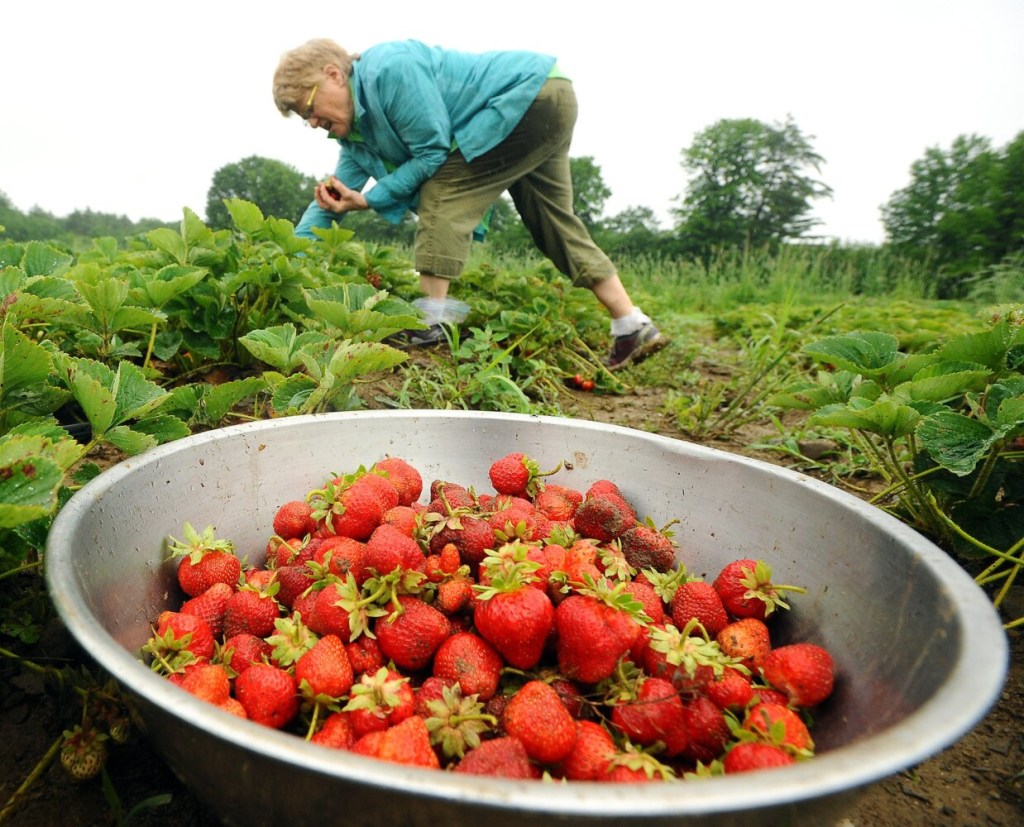

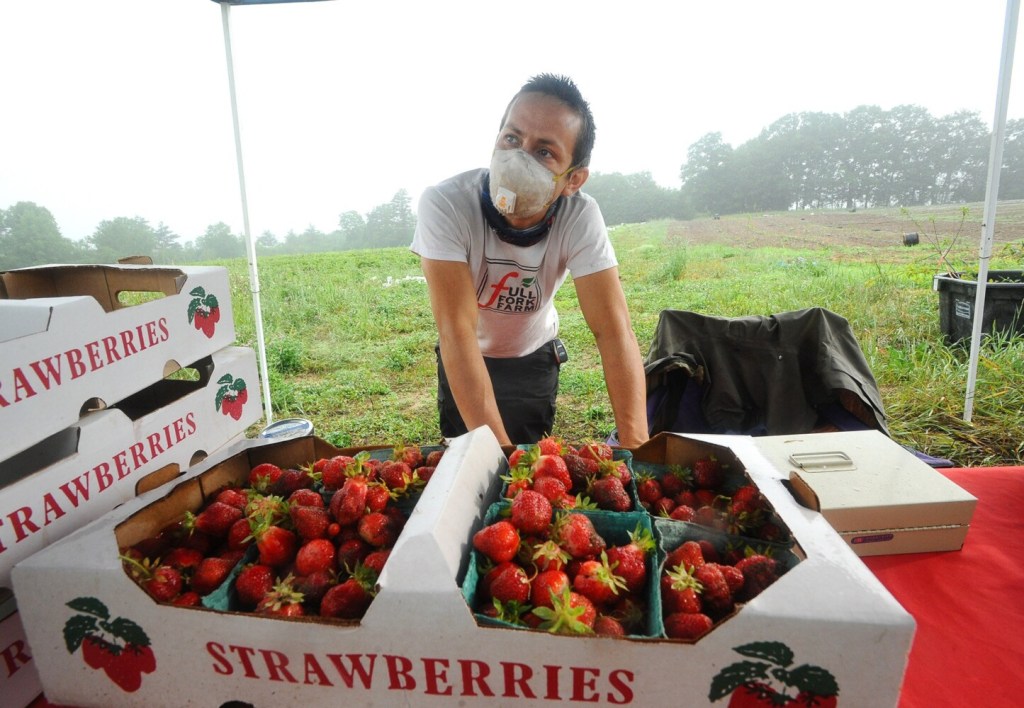
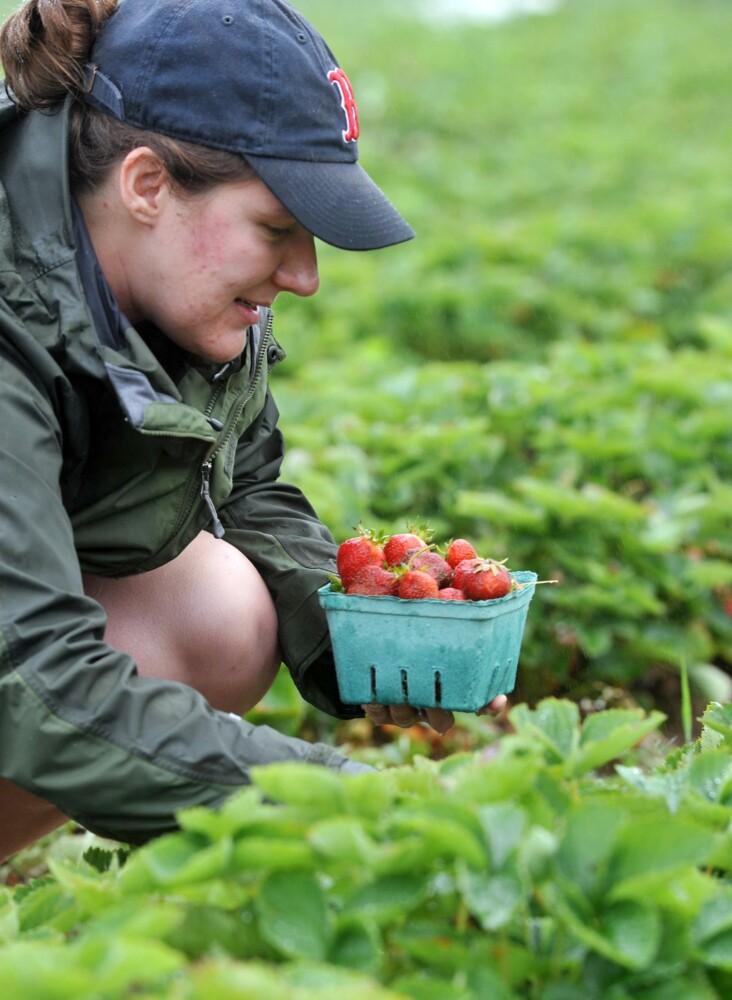
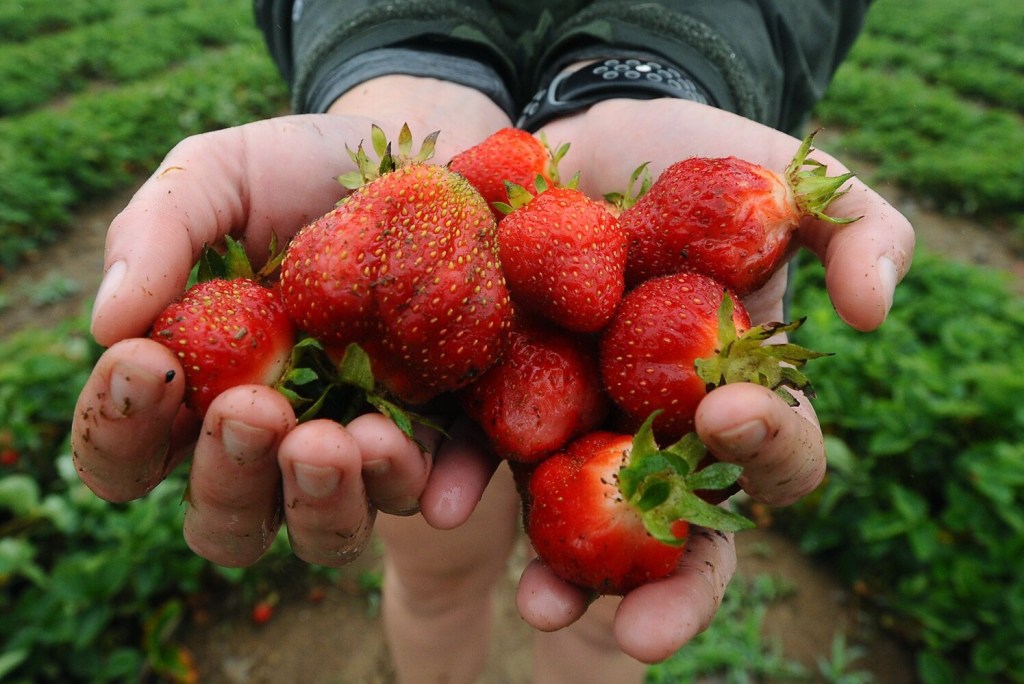
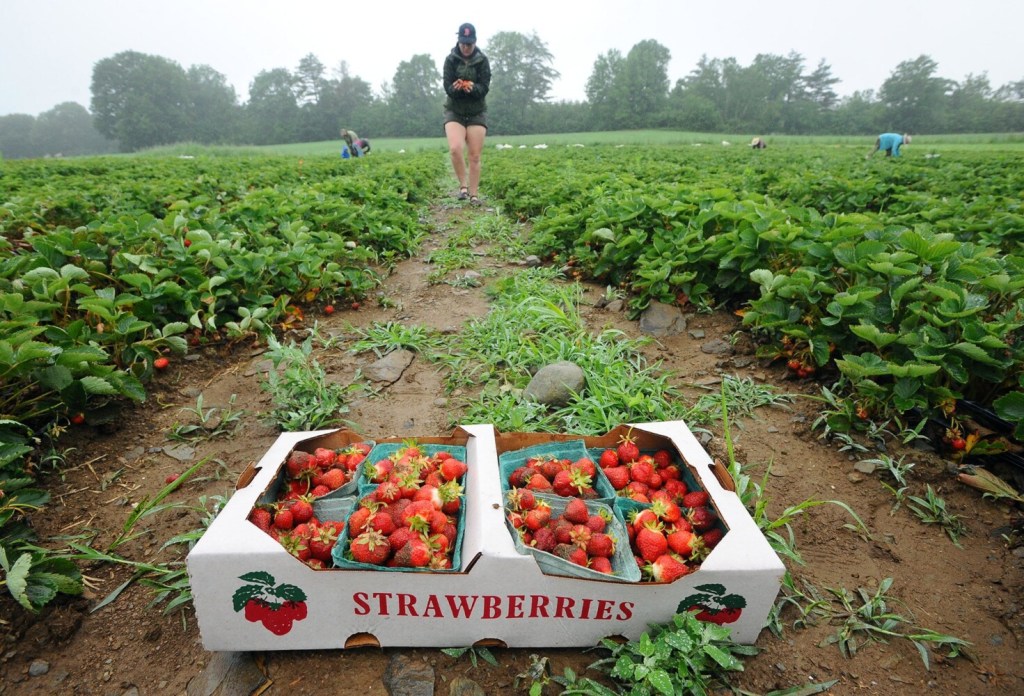

Comments are no longer available on this story